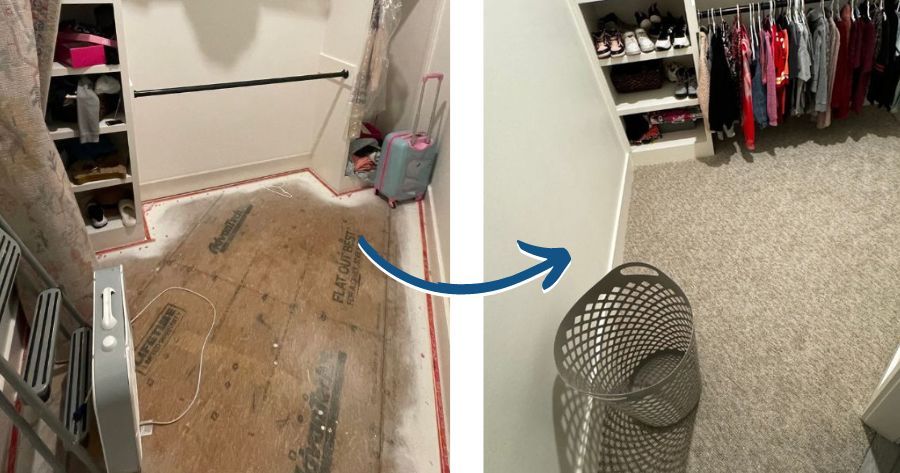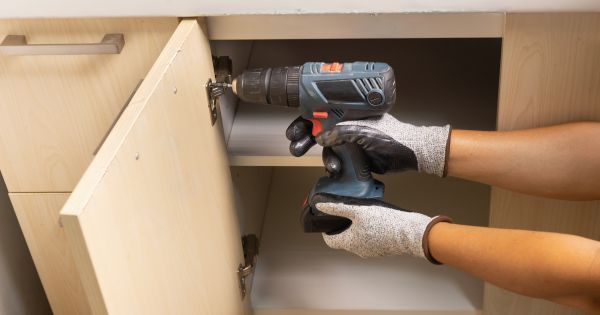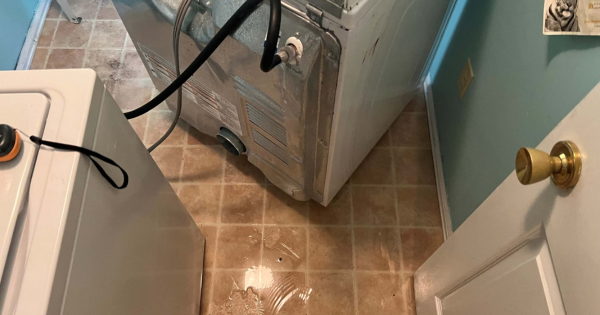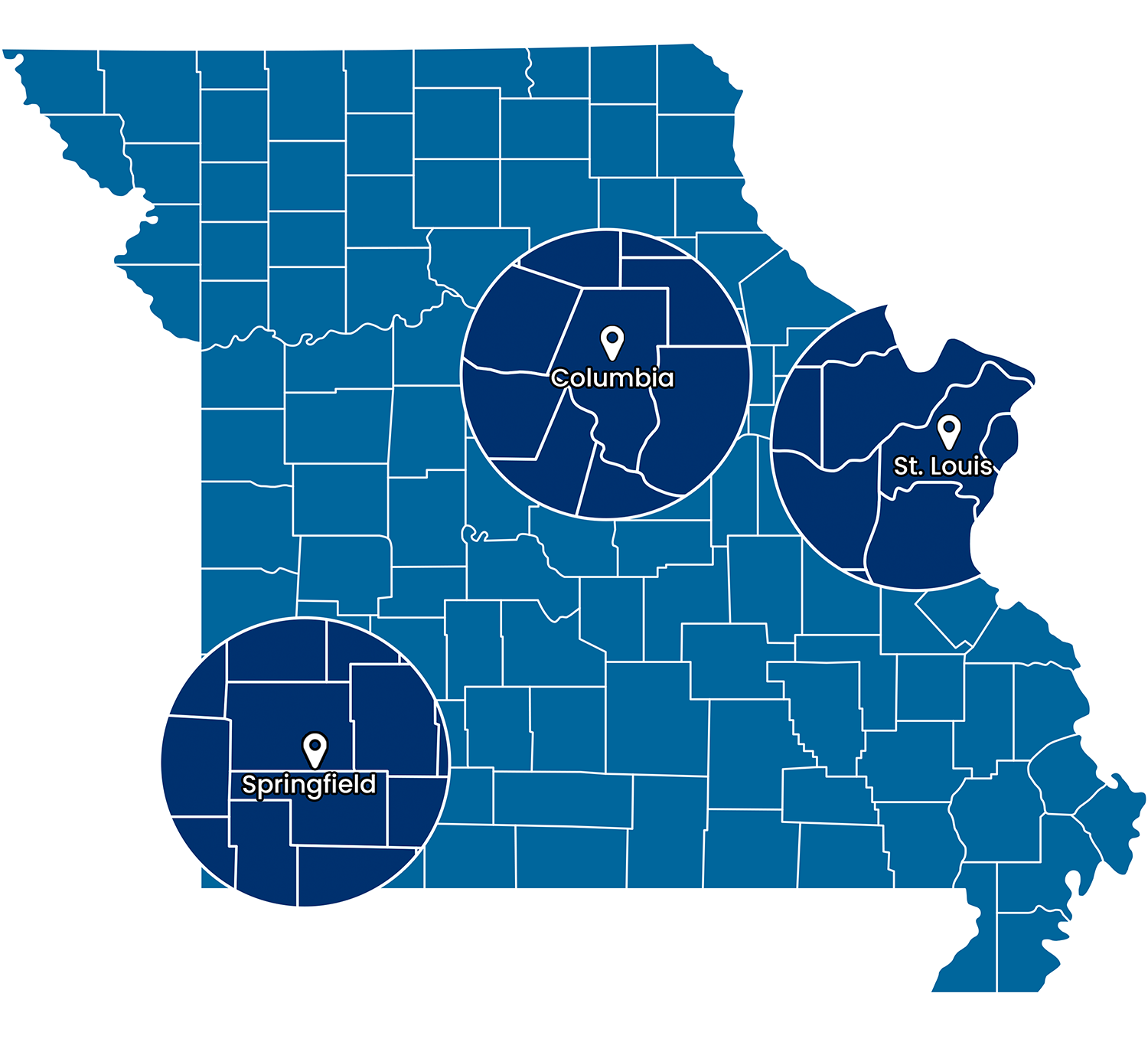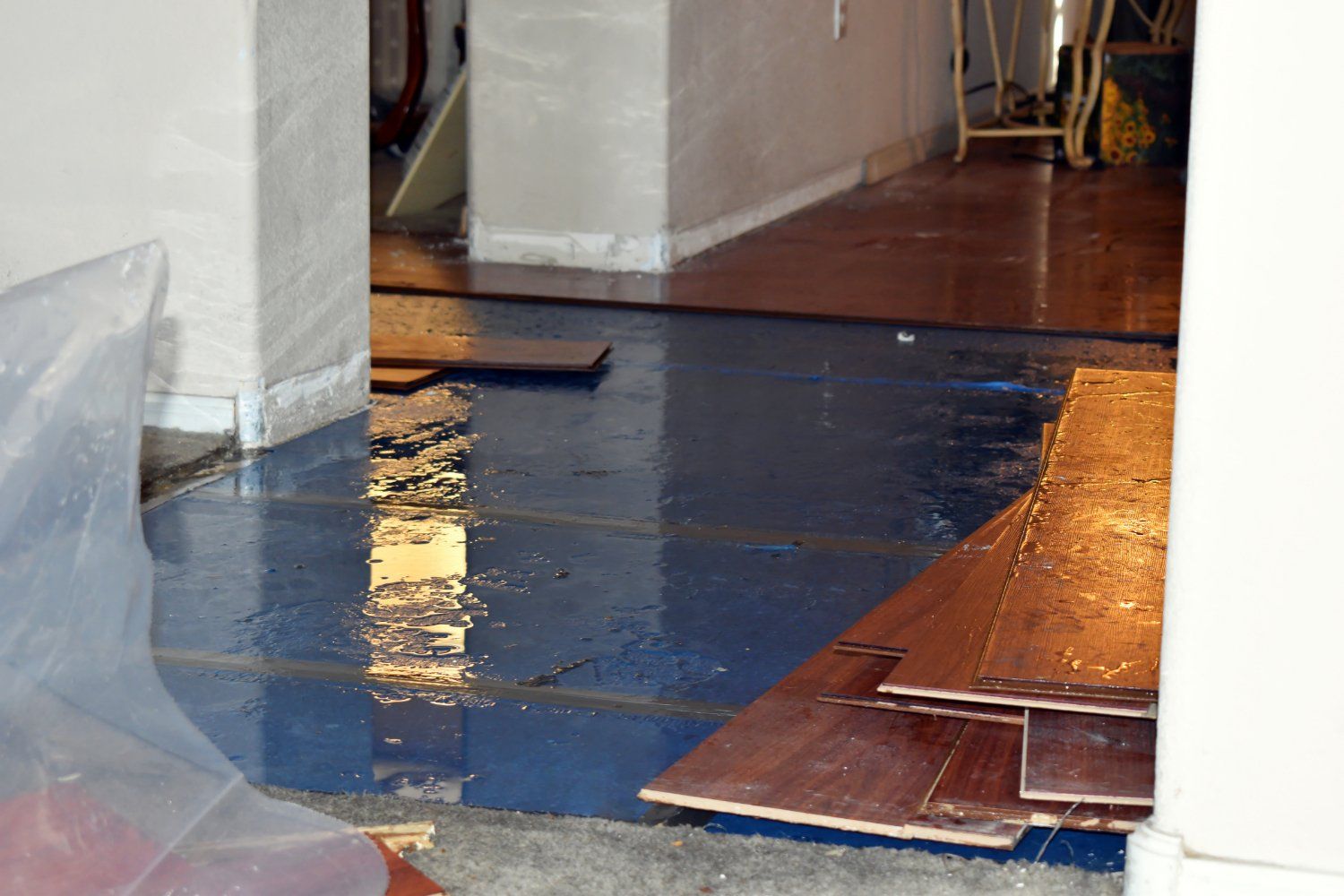
Wood Floor Water Damage - Use These Drying Tips to Reduce Wood Floor Water Damage
Water can be a death sentence when it comes to hardwood floors. Because of the porous structure of wood, moisture may readily be absorbed. As a result, minor spills may leave stains on your flooring. When huge amounts of water are absorbed and the planks swell, the wood floor water damage may begin to cup and collapse. If this has happen in your home in the Springfield or Branson areas, then we highly recommend that you call our water damage restoration team at ABC Damage Restoration.
You could think to yourself, "The wood has been sealed and waxed, so no water can be absorbed into it." While sealers and waxes are intended to improve the water resistance of wood floors, they cannot entirely prevent moisture absorption. These treatments are intended to offer you more time to clean up any spills or water on the floor, as well as to toughen the flooring so that it does not get easily damaged.
It is critical to dry your flooring immediately in order to minimize the amount of irreversible damage. Here are some actions you can take if you have wet wood floor water damage as a result of a severe plumbing mishap or flooding in your house or commercial facility.
Remove Any Water-soaked Items From The Floor
Water-soaked rugs and furniture will continue to absorb moisture. Furthermore, wet furniture can promote mildew and mold growth, which can penetrate the pores and seams of your flooring. Remove all wet things from the room and arrange them in a location where they may dry without damaging the floor.
Soak Up As Much Water As You Can
Towels, mops, and clean rags can quickly absorb minor puddles and spills. To remove bigger water sources from the flooring, use a wet vacuum. Even though you can't see any water on the surface of the wood, keep using the wet vacuum. Water will still be present in the wood pores and plank seams. Continue to sweep the floor with the wet vacuum until there is no water visible in the vacuum canister.
Ensure That The Entire Wood Surface Is Clean
Adding a liquid to the floor after siphoning off the water may appear odd. Nonetheless, there will be waste and dirt in the pores of the floor, which can retain water as well as germs that can degrade the wood components further. Use a non-sudsing disinfectant cleanser and a scrub brush that will not damage the floor's surface. Once the filth and debris have been removed, use a wet vacuum to pick up any remaining wood floor water damage and a wood floor cleaner to remove any remaining disinfectant. Then, rinse and dry the wood surface once more.
Completely Dry the Wood
While the wood flooring seems to be dry, wood floor water damage may have permeated the planks due to the inability of the wet vacuum to remove it. To dry the flooring, use a dehumidifier set to the maximum level. Leave it on for at least 24 hours in the center of the room.
Place fans throughout the room to ensure that the whole surface is receiving the blowing air. Set the fans to the maximum possible setting. If there is a level under the flooring that can be accessible, install fans on the lower level and direct the air upward toward the ceiling to dry the subfloor and flooring from below. You may also open the windows to let in more moving air, but don't do so if it's pouring outside since you don't want the extra dampness to enter.
Inspect for Mold
Mold is a serious health threat in both residential and business structures. When residents, employees, and customers come into contact with mold or inhale mold particles, they may develop allergic responses and respiratory difficulties. When the wood floor water damage appears to be dry, inspect it for mold and mildew. If you notice mold in the pores of the wood, you will need to clean the floor with a baking soda and water solution. The moisture should then be vacuumed away and the drying process should continue.
Perform a Moisture Test
A moisture testing meter may be used to determine whether there is any residual moisture in the wood. Don't be shocked if the meter still detects wetness on the floor after a few days. It might take many weeks for wood floors to cure fully. The humidity in the room, as well as the amount of water on the floor, might also prolong the procedure. So keep the fans and dehumidifier running until the moisture test reveals that there is no water left in the wood.
The most essential thing to remember is to never wait for the flooring to dry naturally. The sooner you follow the steps below, the better off your flooring will be. Allowing the water to sit will reduce the lifetime of the wood and need the replacement of the water-damaged portion or the complete floor in the room. Then, to keep your flooring looking wonderful for as long as possible, conduct the necessary periodic cleaning and preventative maintenance work.
CONCLUSION
Wood Floor Water damage can be a pain, but fixing water damage to wood flooring is doable. A water spill on a hardwood floor is the simplest to clean, using only a steel brush to scrape the discolored area. Wooden floors that have warped but are collapsing owing to significant wood floor water damage may need to be replaced. Hardwood is a durable material, and the answer to the question, "Does water harm hardwood floors?" depends on the degree of the water damage. If the wood has been submerged in water for an extended period of time, it may have rotted and twisted and must be replaced. Overall, you'll need to put in some effort to keep your wooden floors. The answer to the issue of whether wood floor water damage can be restored is dependent on your desire to act quickly and limit the damage via your own efforts or expert aid.
A Wood Floor Water Damage Restoration Company Serving Missouri
ABC Damage Restoration has been one of Missouri's most dependable restoration companies for over ten years. We service a wide range of residential and commercial properties in Springfield, Branson, Battlefield, Republic, Nixa, Ozark, Highlandville, and the surrounding areas. We take pride in offering dependable and professional restoration services suitable for almost any task. We will deal with your insurance providers directly, including direct invoicing, so you will not have to worry about payments. This helps to alleviate the tension and worry that often accompany property cleanup and rehabilitation projects.
Few Missouri restoration companies can compete with ABC Damage Restoration's work and service quality. Give your property the finest servicing possible.
Contact ABC Damage Restoration now at (417) 217-7545 for 24 hour wood floor water damage restoration, fire damage restoration, or mold removal, or receive a quick quotation from our website. Our Missouri wood floor
water damage restoration company will arrive at your house or office in 30 to 60 minutes.
Get A Free Estimate
By filling out the form below
Need Help With Disaster Restoration?
GET A FREE QUOTE TODAY
ABC Environmental Contracting Services Of Springfield is an IICRC certified company helping homeowners and businesses in Springfield and Branson Mo areas with water damage, mold remediation, asbestos removal and fire damage restoration services.
Find Us
ABC Environmental Contracting Services Of Springfield
2014 E McDaniel St.
Springfield, MO 65802
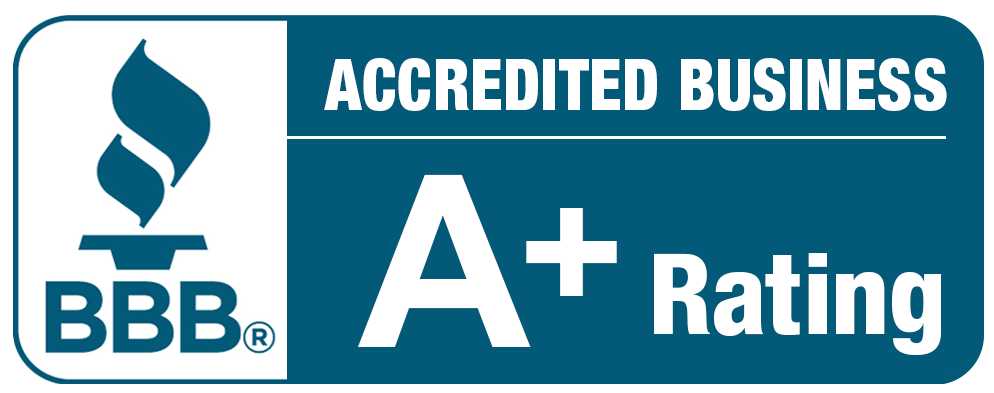
Quick Links
All Rights Reserved | ABC Environmental Contracting Services Of Springfield

